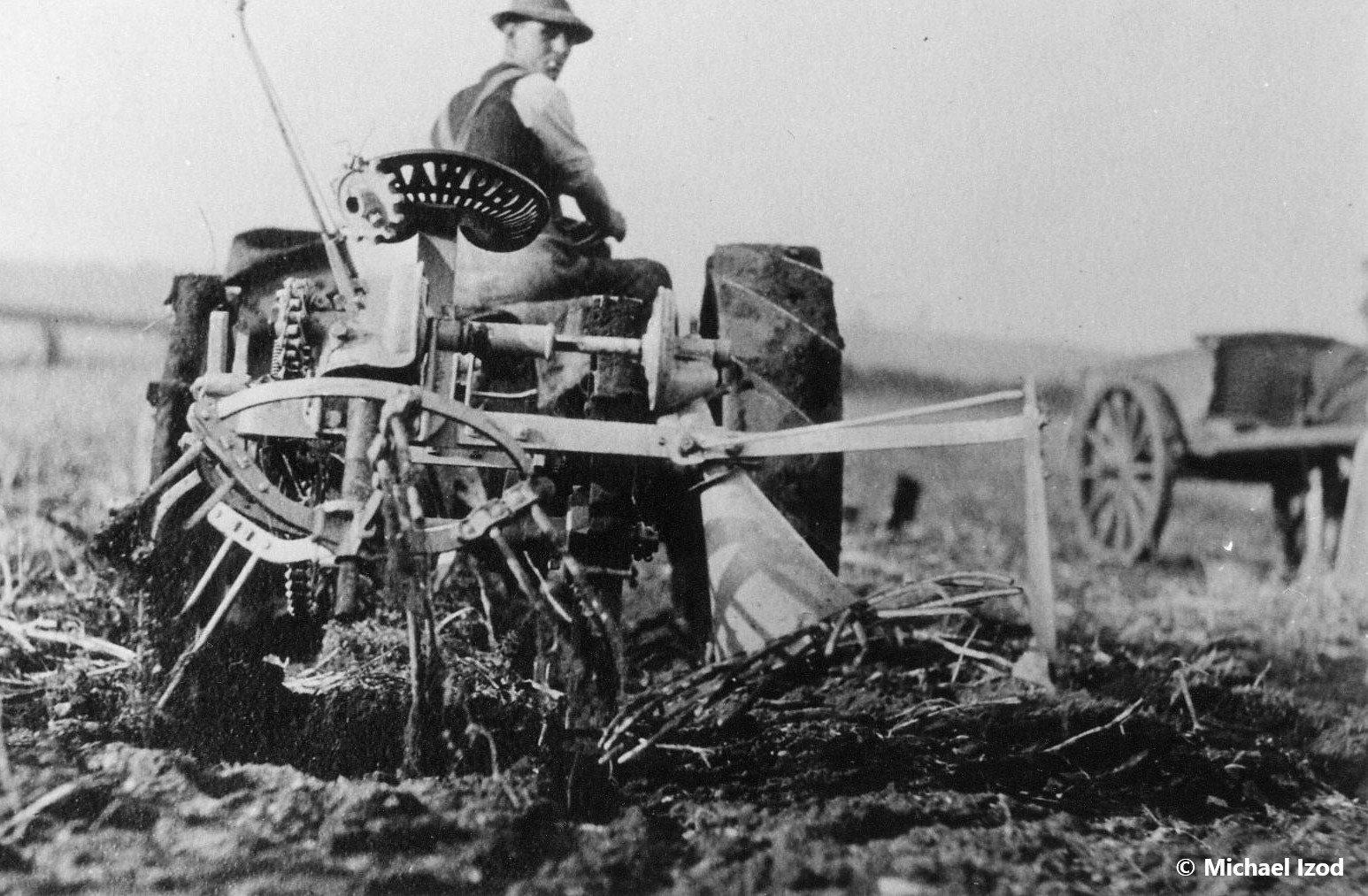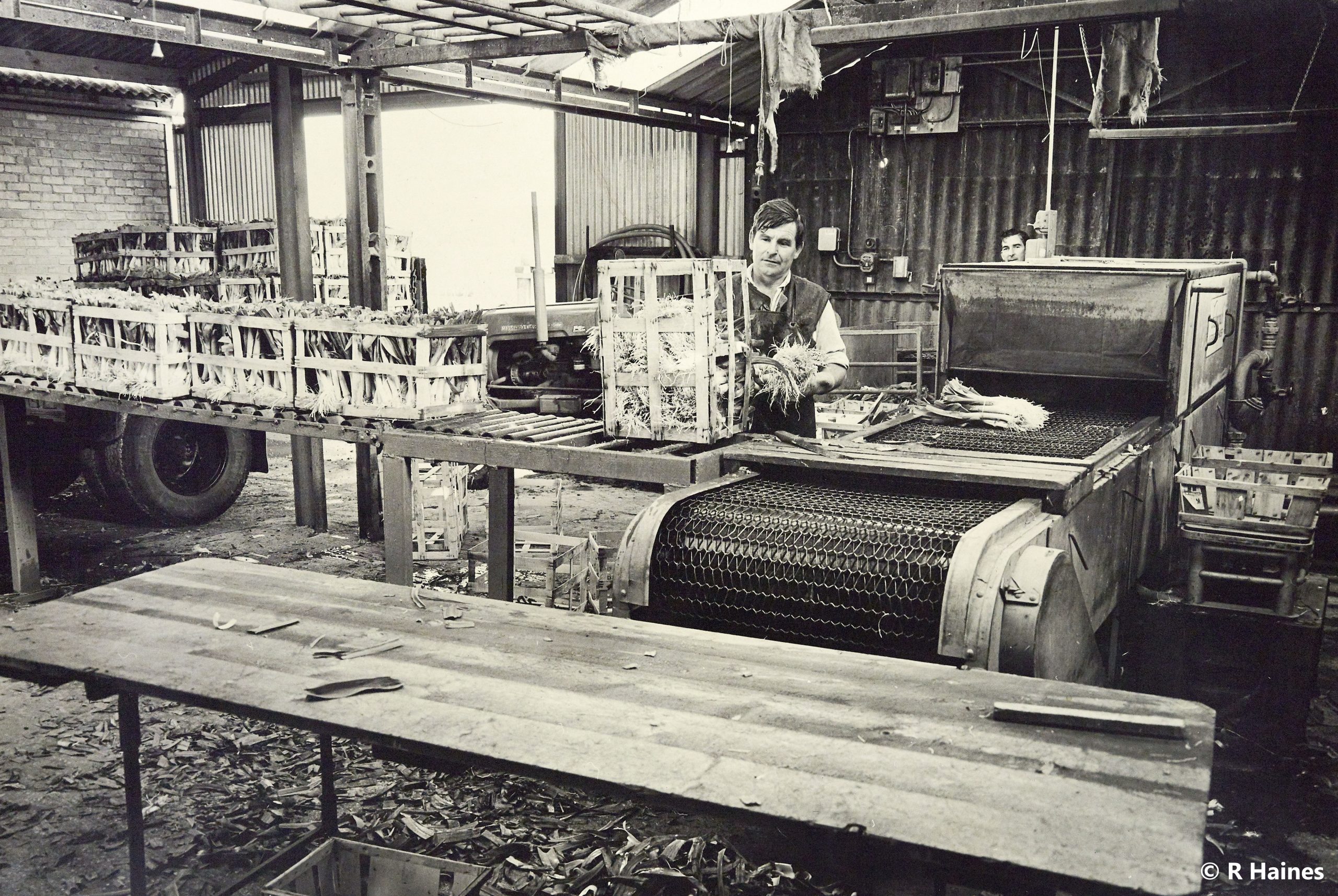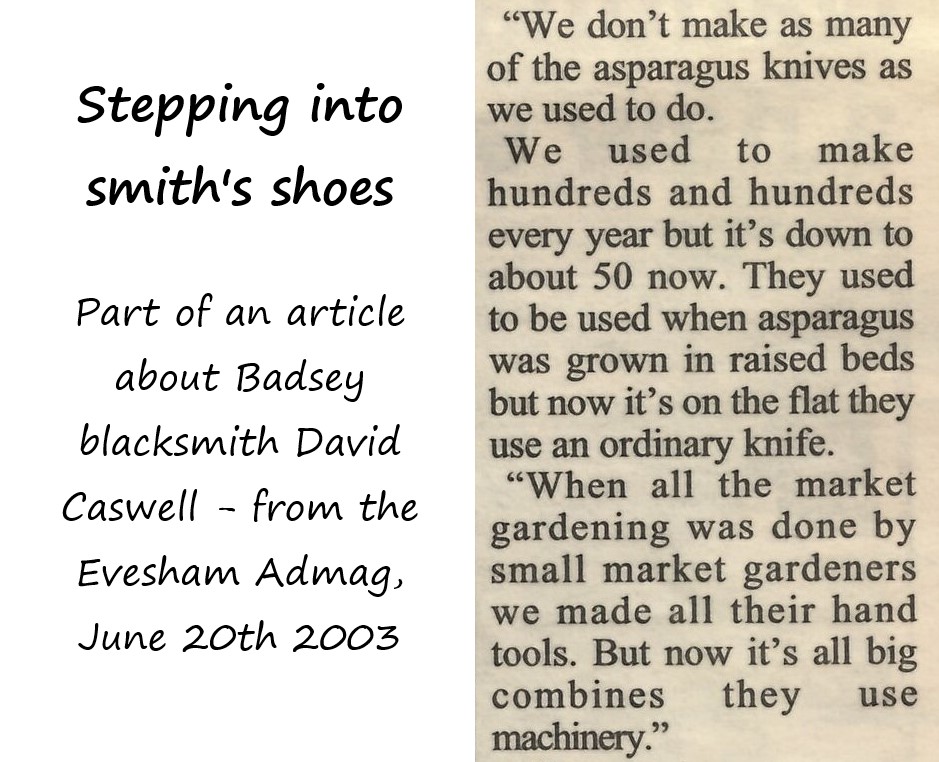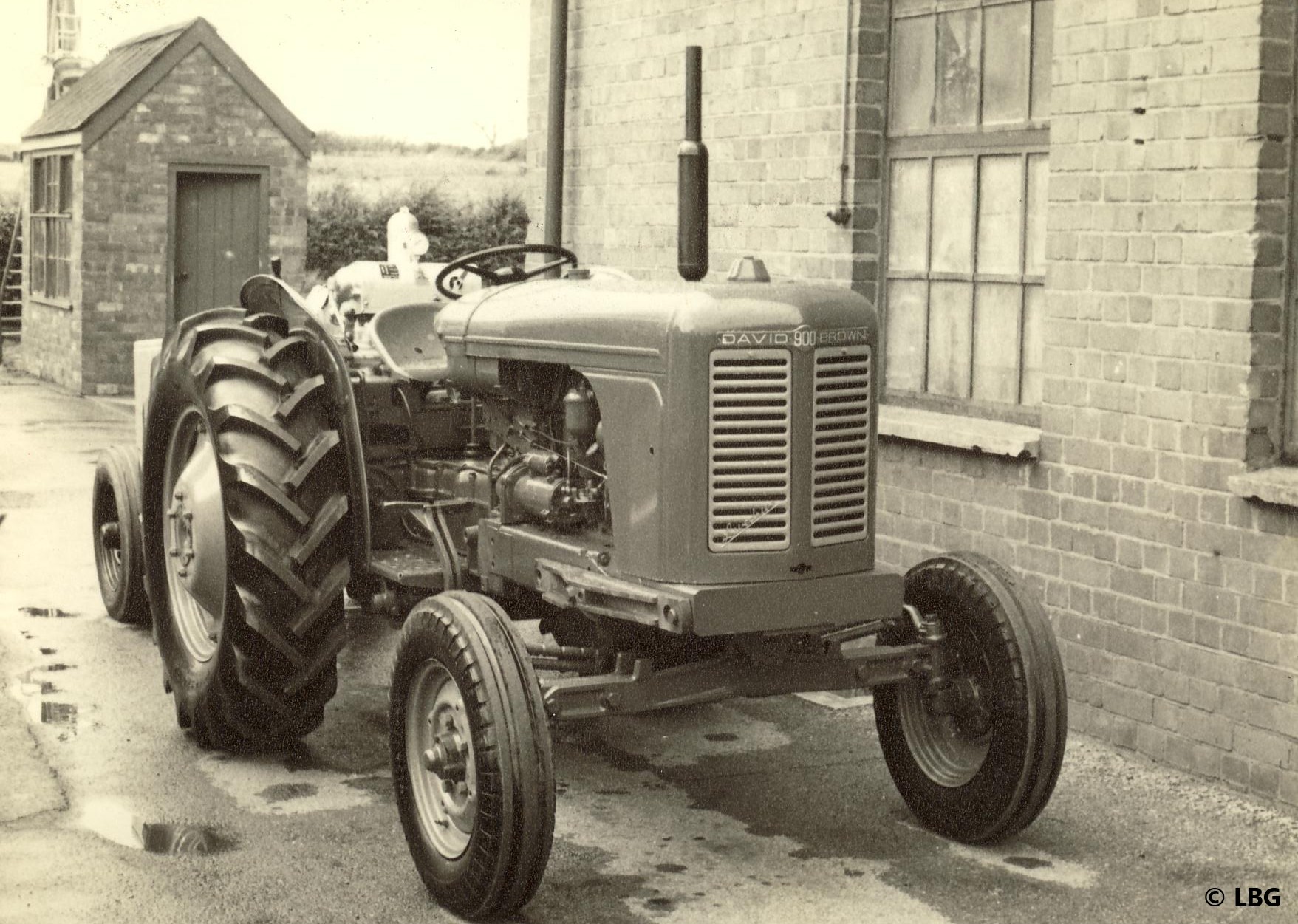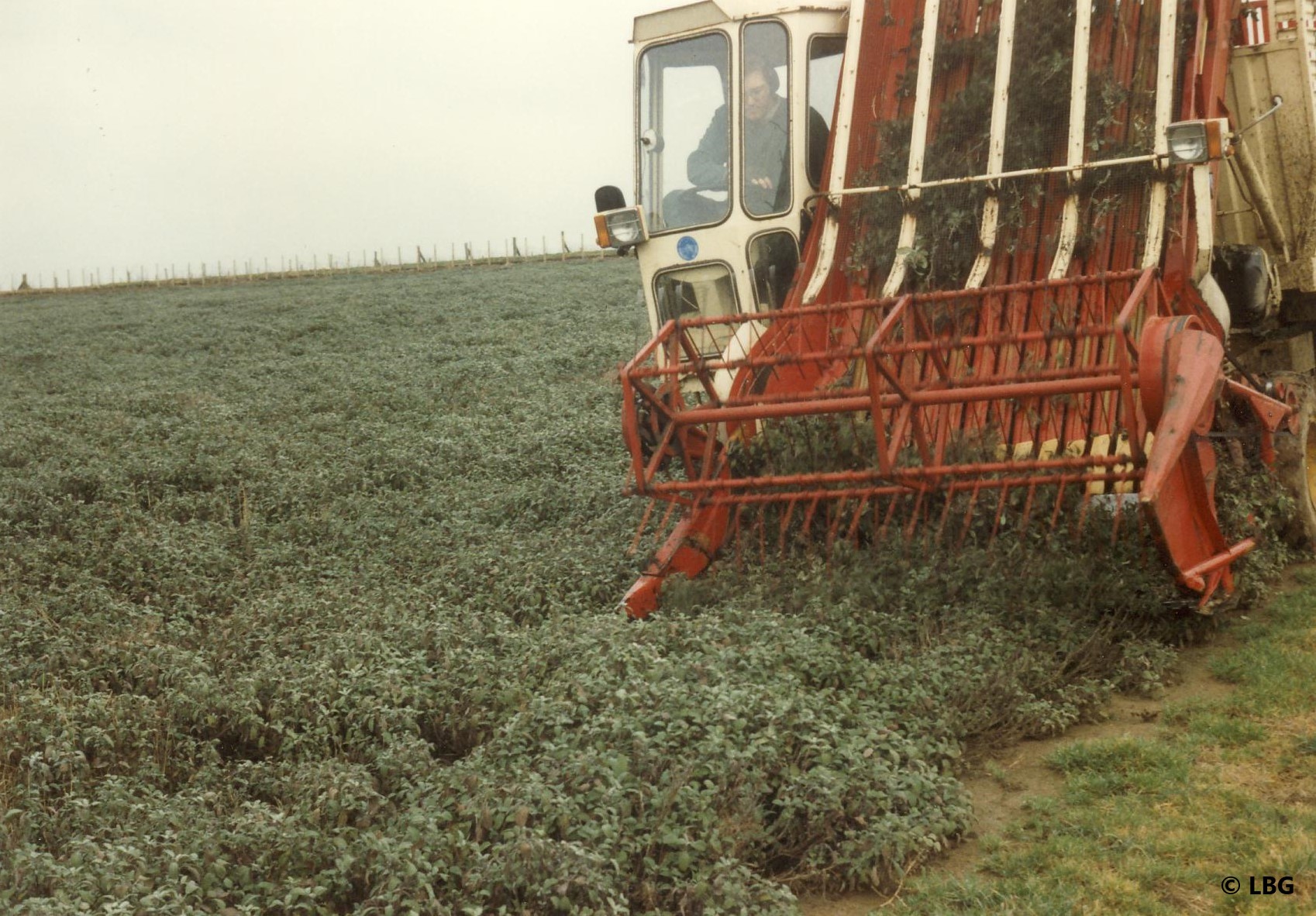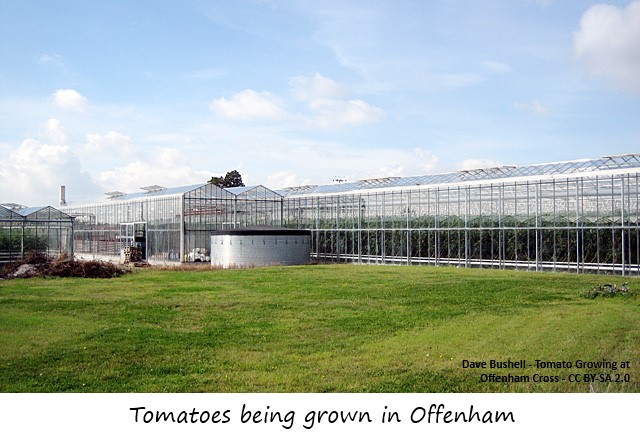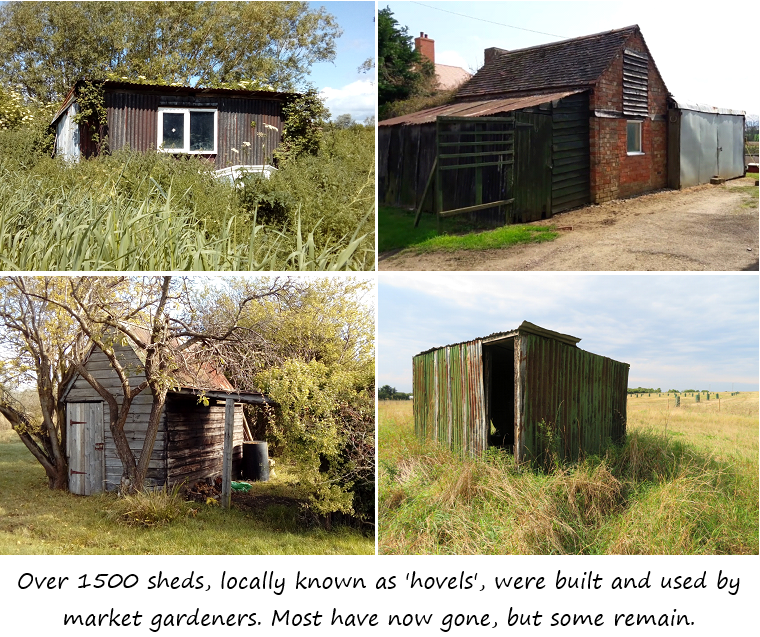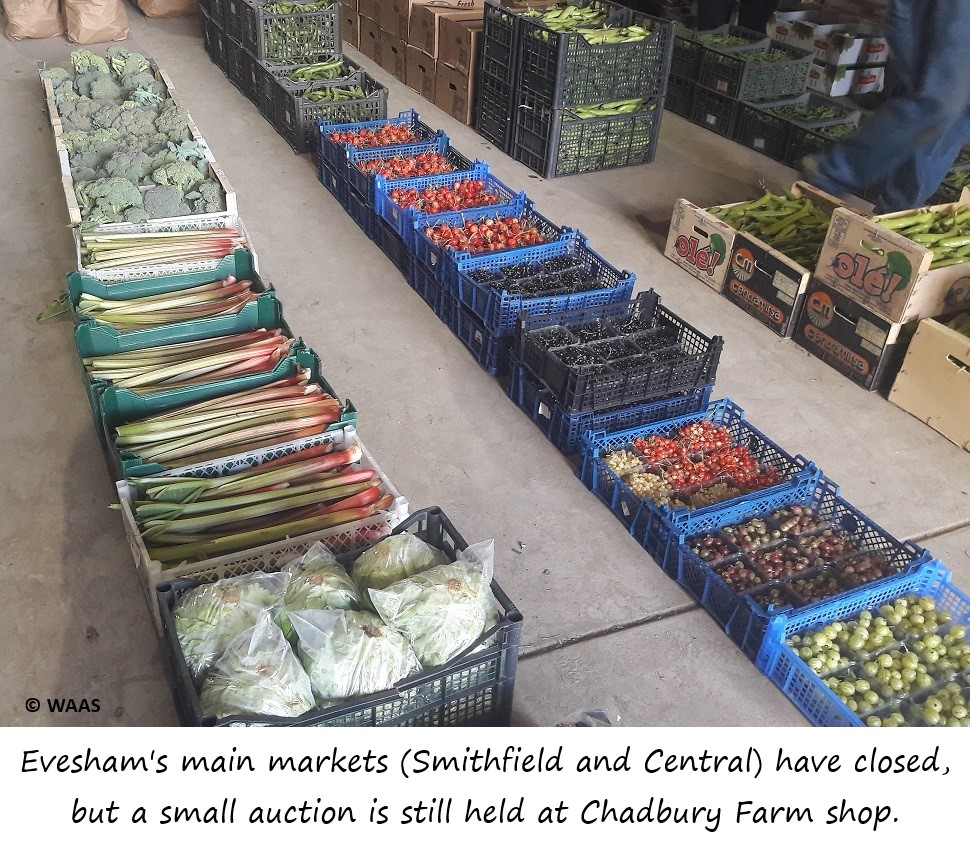The world doesn’t stand still for long. By the 1970s and ‘80s market gardening was in decline. Find out some of the key reasons why – click on a box to begin exploring.
All of the digging, planting, weeding and harvesting needed to run a market garden was traditionally done by hand. It was slow and hard work. Over time, machines were invented to do these jobs more quickly. By the 1950s and 1960s, it became cheaper to grow and harvest food with machines than by hand.
Many market gardeners started using small tractors and other new tools, but machines are most efficient (work best) when there’s a lot of one crop, rather than small amounts of many different plants. As a result, less money could be made from the market garden crops.
Click on the image side arrows to scroll through.
World War II created lasting changes to the population in Britain. Some German and Italian ex-prisoners of war stayed or returned to the Vale of Evesham and became market gardeners, introducing different crops such as peppers, aubergines and courgettes.
Demand for certain foods – such as thyme, which is used a lot in Caribbean cooking – also changed as communities from around the world arrived to help post-war Britain. Local growers had to alter what they grew as both the times and people’s tastes changed.
Listen to David, Karen and Geoff talking about the rising and falling demand for certain foods in the 1960s and 1970s.
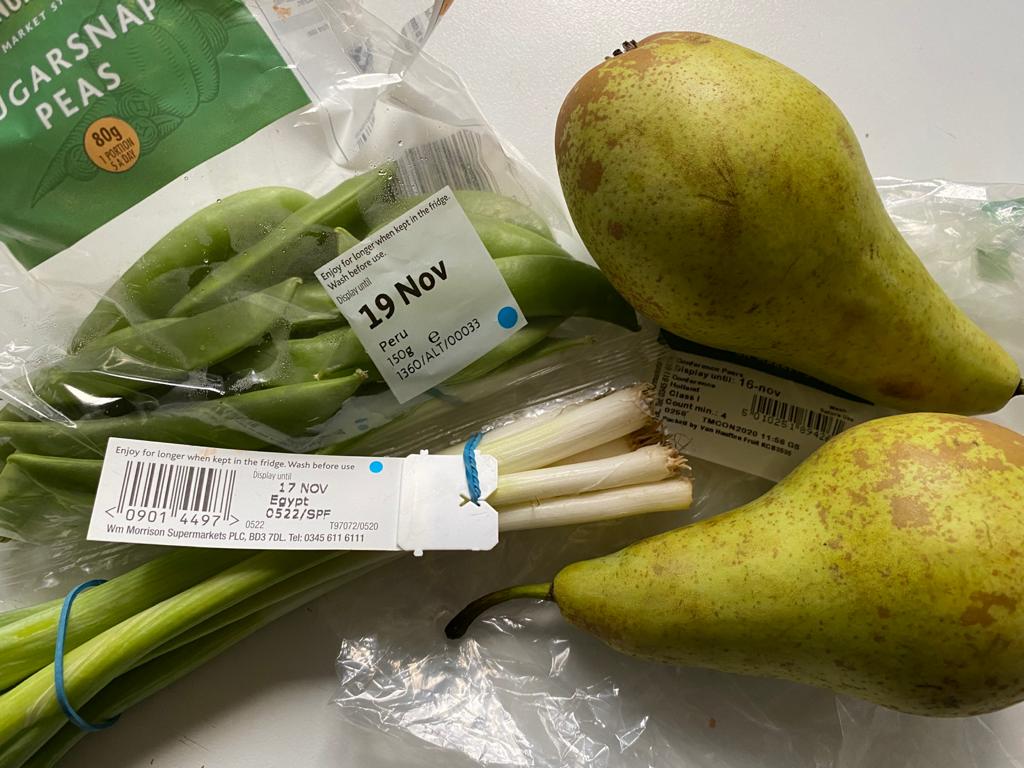
Supermarket fruit and vegetables – spring onions from Egypt, pears from Holland and peas from Peru.
Supermarkets started to become more common in the 1960s. They preferred to deal with one large farm rather than many small growers, so weren’t always keen to buy from market gardeners. Supermarkets also wanted to sell fruit and vegetables all year round, not just when they were in season. To do this, they had to buy from countries who could grow foods at different times of year to Britain.
- What are the advantages of buying from other countries?
- Are there any problems with doing this?
- How many different countries can you spot in your local supermarket?
- Which fruit or vegetable has travelled the furthest?
Today, there are almost no market gardeners left in the Vale of Evesham. Why? There are lots of reasons.
Listen to the thoughts of Henry, Karen, David and Geoff, whose families worked in market gardening.
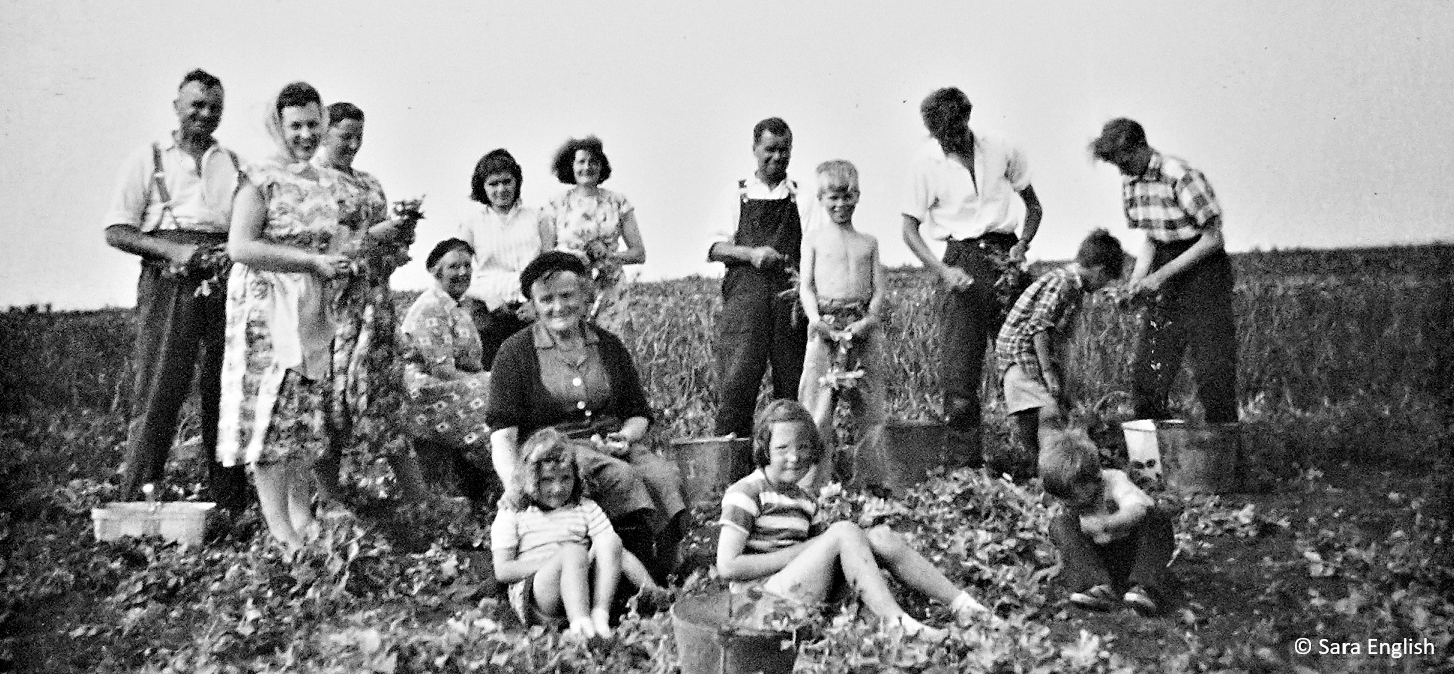
Pea picking in Cleeve Prior
Looking back on their lives, many of the people involved in market gardening couldn’t imagine doing anything else. They agree that it was a hard life with back breaking work and long hours, often in awful weather. But despite this, as Francis says, it was ‘the best job in the world’.
Listen to what Mike, Karen, Henry and Francis have to say.
Traditional market gardens have almost entirely disappeared, but fresh food is still grown for market in the Vale of Evesham. Glasshouses (big greenhouses) in Offenham and Fladbury continue to grow tomatoes and salad leaves, whilst a strawberry farm in Bretforton has won national awards and flowers are grown for confetti just outside Pershore.
Signs of change – explore the photos to see how the area has changed. What clues of market gardening remain?
Click on the image side arrows to move left or right.
